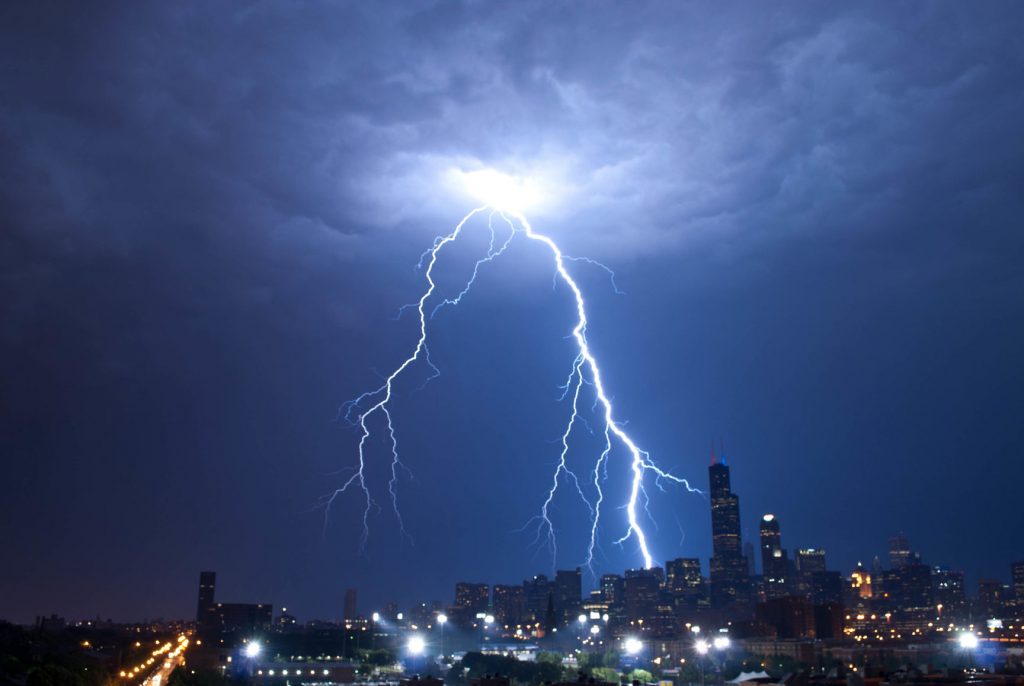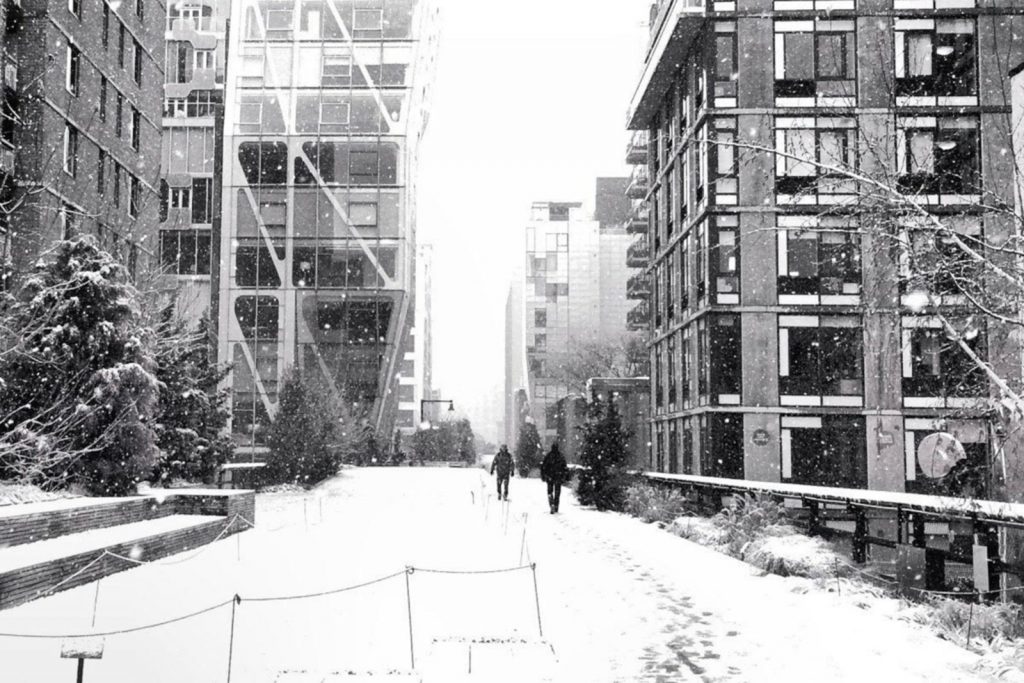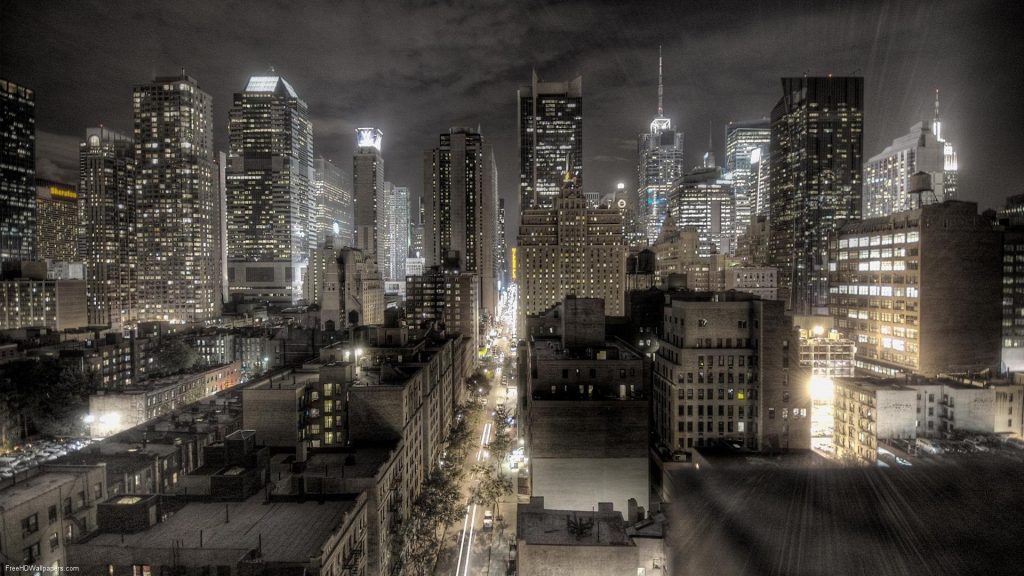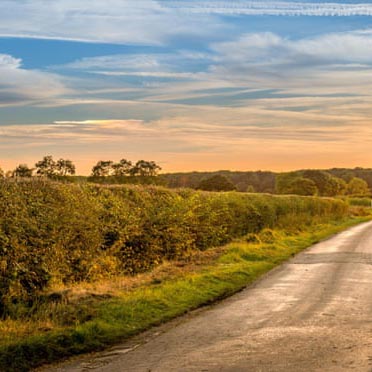Preparation Concierge: Getting Ahead of Climate Change
A pragmatic guide to equipping yourself for disasters

Last year was the fourth-hottest in recorded human history. We’re facing an endless fire season in the west, hurricanes to the east, and floods just about everywhere. It’s undeniable that climate change will affect all of us, but the idea of getting ahead of the effects is daunting. We often hear about making a disaster plan, but Googling the word “preparation” leads to panicked doomsday-prepper sites. What most people want and need are basic emergency advice and a few key supplies.
Jason Harper (CH contributor and New Yorker) views climate change with pragmatism. He wasn’t keen on being without a plan, especially after he and his wife barely escaped a fire in their Chelsea walk-up because they didn’t know their building had a second fire escape. “Basic information goes a long way,” he says drily. So he decided to speak with experts at fire departments, the Red Cross, Navy Seals, and various NGOs to come up with a simple tiered plan that just about anybody can use to build the fundamental tools of survival for anywhere from 72 hours to a week. The result is Preparation Concierge, a site where people can find various plans and products—each of which has been tested by an expert.

What kicked you into action?
I’ve lived in NYC for 25 years—through the 2001 blackout, 9/11, Hurricane Sandy and all of that. And the show always went on. Then I had a kid. I imagined what it would be like to see my six-year-old living in the greatest city in the world and suddenly not able to get drinking water after the lights went out for a week. That sobered me up.
There are a lot of us who live in cities who are not prepared for emergencies or climate change. What’s the biggest threat?
Happily, it’s not zombies or a nuclear winter, but simply losing electricity for more than 48 hours. Whatever the cause of a blackout, from a big storm or a hack attack, you’ve got to consider the far-reaching ramifications. No lights. No credit cards, no cellphone or net service. Your toilets may stop flushing. No toilets would be a bummer. But there are simple steps to take that would make a blackout much more palatable. Put aside $1,000 in small bills in case the ATMs go down. Own a quality flashlight—and extra batteries from this decade.
What’s the first thing you should do?
Start out by actually talking to your family and friends about this stuff. Make a plan now so you’re not freaking out tomorrow. Decide where you would meet if the cell network goes down and you need to get out of town. Who picks up the kids from school? How are you going to carry water? Specifics matter. And know that your partner might think you’re a kook the first time you bring this up. That’s OK, too.

Second biggest worry?
Water. The bad news is you can’t rely on those plastic jugs from the bodega. There’s only so much bottled water on hand, and that’s if you’re lucky enough that the local grocer is open. Ideally, you need to store water safely and efficiently. We like Water Bricks. They stack, and each holds 3.5 gallons each. We’ve got 10 of them under the bed, and haven’t sacrificed an ounce of closet space. Because closet space matters, too.
Can’t we save the world and ourselves with new tech?
There’s no app for getting yourself out of an emergency, sadly. But there’s no sense in being a Luddite, either. We turn to solutions like the Lifestraw, a $35 filter which can turn the dirtiest puddle on Avenue A drinkable. It filters out almost all of the bad stuff in the world and is dead easy to use. It’s also great for global travelers when you’re iffy about the tap water. Another great one is a small weather radio, which can be operated using a hand-crank. It’s a way to get weather and emergency updates, and it also has a flashlight and can recharge your phone. Genius.
So you’re saying our iPhone is not the answer, but is there a hack you’d suggest that could make it the answer?
Save maps from your area on your phone for offline use. Google Maps has this feature, and it rocks. A map can make a huge difference if you need to evacuate. We have a bunch of tips like this.
We all know we can live a long time without food as long as we have water, but what does that mean exactly?
The first thing you have to worry about as a New Yorker is booze. Just kidding. It’s water. But beyond that, city dwellers really depend on meal delivery more than we think—and that’s not happening during a hurricane or a flood. So think practically, especially if you’re unable to cook. Two big jars of peanut butter, unopened, last years if you keep it in a cool, dry cupboard. And even if you have to eat it with a spoon, it’s calorie dense. A big bucket of oatmeal is another good option.

What happens if you need to get out of town in a hurry?
Evacuation is something you need to think about, and it’s an element where planning is required. You want to know where you’re going to go, and how you’re going to get there. Think about if you and your significant other or kids got separated: figure out a rally point. Where are you going to meet? How are you going to make that happen? This requires practicing that process, so you’re less freaked out when you have to do it for real.
What’s a key takeaway you’ve learned, and why do you want everyone to use your site?
You always think there will be time to discuss a plan, to get prepared—until you’re not and something happens. I really believe this site can be a life-saving tool for anybody, and a whole family can be 50% safer for well under $1,000. It’s also really easy to do all the basics for under $300 and that’s still huge. Making a plan is free, and that alone can be so empowering. Whether you have kids, pets, anyone you love, worrying does you no good, but preparation does.












